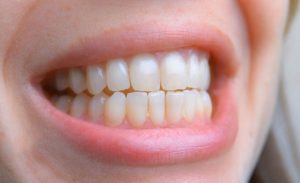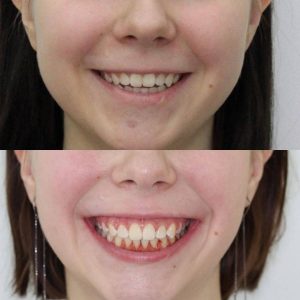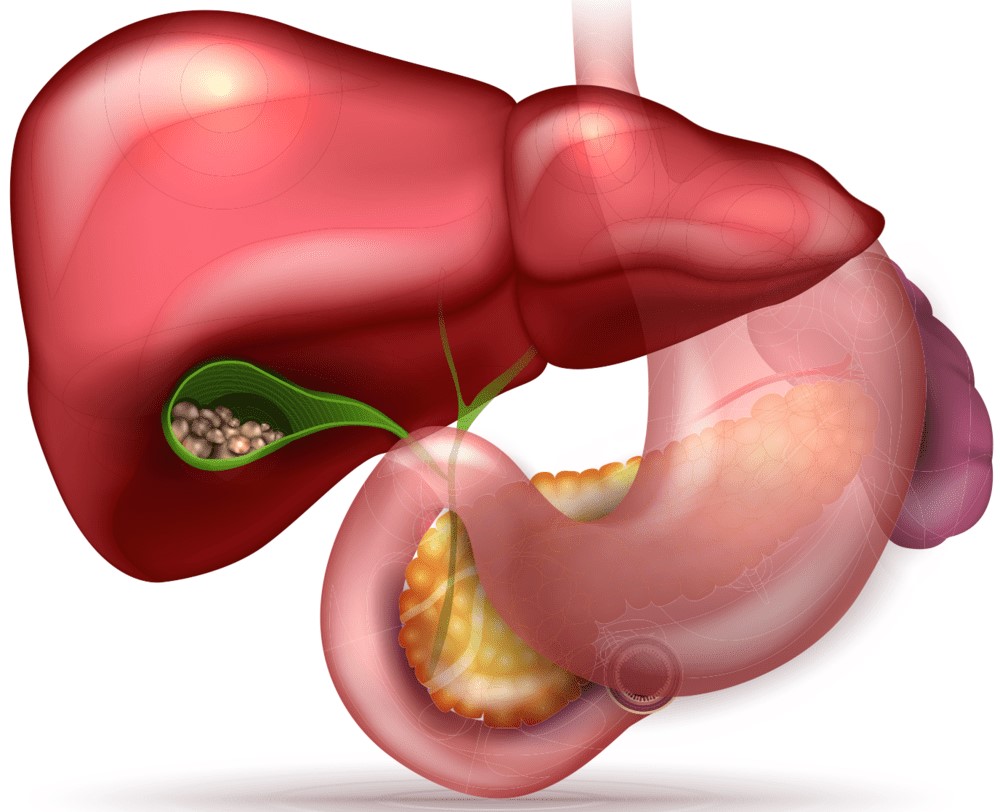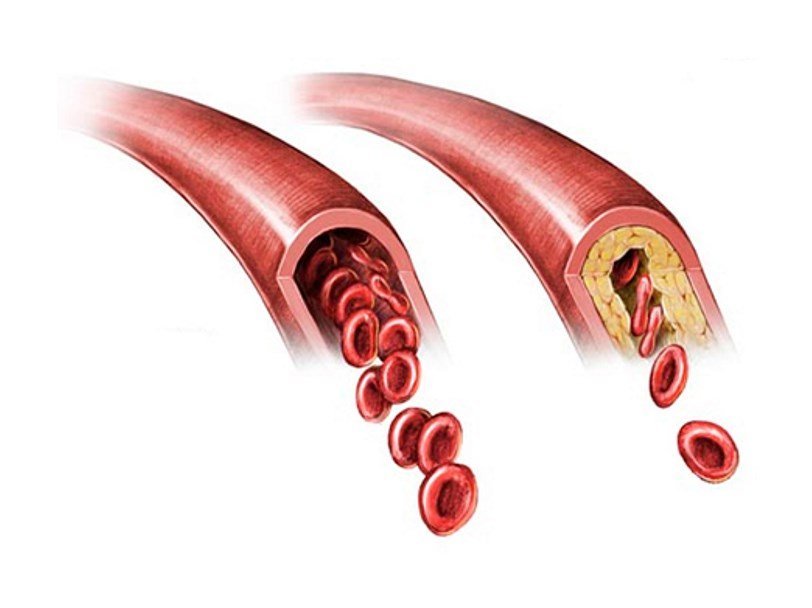Relationship between bite and temporomandibular joint health
Malocclusion is one of the main risk factors for the development of pathology of the temporomandibular joint, a joint that has a complex and, perhaps, the thinnest, delicate structure in the human body. The development of pathology of the temporomandibular joint, in turn, leads to the development of problems with bite and teeth evenness. Let’s figure out why this is happening.
The temporomandibular joint is where the mandible joins the skull. It is he who is responsible for the mobility of the lower jaw, i.e. the ability to eat, talk, yawn, etc.
When can problems arise?
If the bite is such that the upper teeth hold the lower jaw in a more posterior position, it turns out that in the mandibular joint, the lower jaw is also displaced back. In the back of the joint there are connective tissue, which, due to its looseness, cannot prevent pressure and is punched out from the displacement of the lower jaw back.
This tissue contains numerous nerves and blood vessels. When the lower jaw is displaced back in the joint, these nerves are compressed, which causes pain, and can also cause other symptoms, and Kosten syndrome develops. …
What sensations does a person experience with this pathology?
Pain: in the area of the temporomandibular joint itself, in the neck area, pain and burning sensation in the area of the tongue and pharynx, pain in the ears and behind the ear, headaches, pain in the occipital area, pain in the paranasal sinuses, the spread of pain in eye area
Dizziness https://en.wikipedia.org/wiki/Dizziness
Clicks, crunching, lower jaw stiffness
Squeezing tension of the chewing muscles
Tinnitus, ear blockage, hearing impairment
Dryness in the mouth and larynx or, conversely, increased salivation
When the lower jaw is displaced back in the joint, the vessels are also squeezed and they will no longer be filled with blood. Therefore, the joint, to which they were supposed to deliver nutrients and oxygen, receives less of them. This leads to degradation and destruction of the joint. The part of the lower jaw that is involved in the formation of the joint decreases in size due to the lack of nutrients.
Nature planned the support of the lower jaw in space so that the lower jaw had 2 support zones: teeth and a part of the skull that participates in the formation of a joint with the lower jaw. If changes occur in the joint and the part of the lower jaw in contact with the skull decreases and loses height, then one of the fulcrum points is already changing.
so that the lower jaw had 2 support zones: teeth and a part of the skull that participates in the formation of a joint with the lower jaw. If changes occur in the joint and the part of the lower jaw in contact with the skull decreases and loses height, then one of the fulcrum points is already changing.
The lower jaw reactively begins to try to change its position, but the teeth are trying to keep it in the previous position. The lower jaw is very massive and heavy bone formation. The teeth were created by nature with the possibility of displacement (due to this, by the way, it is possible to move teeth during orthodontic treatment). As a result, the lower jaw, which no longer has one stable position, carries with it the teeth, which begin to shift unpredictably and chaotically. So, problems with the bite cause pathology of the temporomandibular joint, and the problem with the temporomandibular joint further aggravates the problem with the bite and position of the teeth.
In turn, problems with the temporomandibular joint will increase again. Such situations, when problems accumulate like a snowball, are often encountered in medicine; almost all chronic diseases in the body are formed by this mechanism. This development of pathology is called “vicious circles” in medicine. It is very important not to run problems (!) And in time to get out of the series of these repetitive cycles, reinforcing themselves with each repetition, that is, to break these vicious relationships as quickly as possible.


